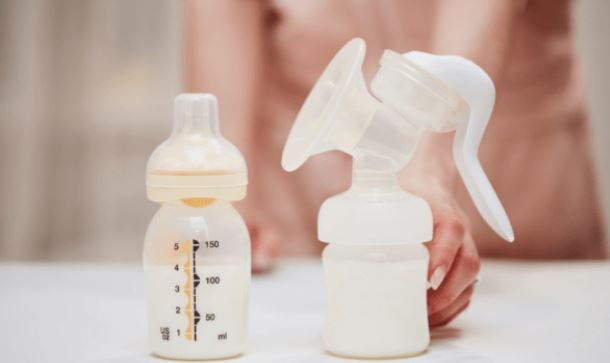
Breastfeeding is one of the least contentious topics when it comes to parenting.
At heart of this discussion is the matter concerning breast pump devices, which have become necessary tools for various mothers.
Nevertheless, there are many misconceptions about breast pumps and thus they are the cause of confusion and sometimes unnecessary worries among new and expectant mothers.
This article will clarify what makes a myth and what makes a fact regarding safety and effectiveness of breast pumps.
1. One common myth surrounding the use of breast pumps is that it hurts and can result in damage to the breast tissue. The origin of this misconception may be cases where misuse or poor fitting led to feeling uncomfortable. In fact, if used properly, breast pumps do not hurt at all. Breast pumps these days are made with adjustable suction levels and flanges that fit comfortably to mimic the natural sucking rhythm of a baby hence ensuring minimal discomfort. If using a breast pump causes pain to a mother, it could be as a result of wrong flange size or incorrect suction settings. A lactation specialist might help in choosing appropriate equipment that would ensure proper usage.
2. Another common myth is that breast pumps can lead to decreased milk supply. This belief stems from the notion that pumping is less effective than direct breastfeeding. However, evidence shows that with regular and adequate use, breast pumps can maintain or even increase milk supply. The key lies in the frequency and duration of pumping sessions. Mimicking a baby’s feeding schedule by pumping every two to three hours can stimulate milk production effectively. Additionally, pumps allow mothers to store milk, ensuring a consistent supply even when direct breastfeeding is not possible.
3. There is also a persistent myth that breast pumps are only necessary for working mothers. While it is true that breast pumps are invaluable for mothers who need to be away from their babies for extended periods, their utility extends far beyond this scenario. Breast pumps can be beneficial in numerous situations, such as when a baby has difficulty latching, when a mother wants to increase her milk supply, or when managing an oversupply. They also provide an option for other family members to feed the baby, fostering bonding and giving the mother a much-needed break.
4. A particularly troubling myth is that breast pumps can transmit infections to the baby. Concerns about hygiene and safety are valid, but they can be mitigated with proper cleaning and maintenance of the pump and its components. Breast pump parts that come into contact with milk, such as the flanges, bottles, and tubing, should be thoroughly cleaned after each use. Sterilizing these parts regularly can further ensure their cleanliness. Most breast pumps come with detailed instructions on how to clean and sterilize components, and following these guidelines diligently can prevent any risk of contamination or infection.
5. Another myth worth addressing is the belief that using a breast pump can negatively affect the mother-baby bond. Some argue that the mechanical nature of pumping lacks the intimacy of direct breastfeeding. While direct breastfeeding does offer unique bonding experiences, pumping also provides opportunities for bonding in different ways. For instance, fathers or other family members can participate in feeding, which can strengthen their bond with the baby. Moreover, the ability to pump and store milk ensures that the baby can continue to receive the benefits of breast milk even when the mother is not present, thereby supporting the baby’s health and well-being.
